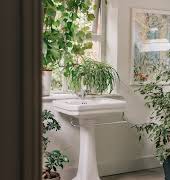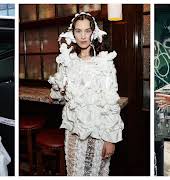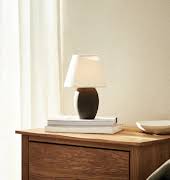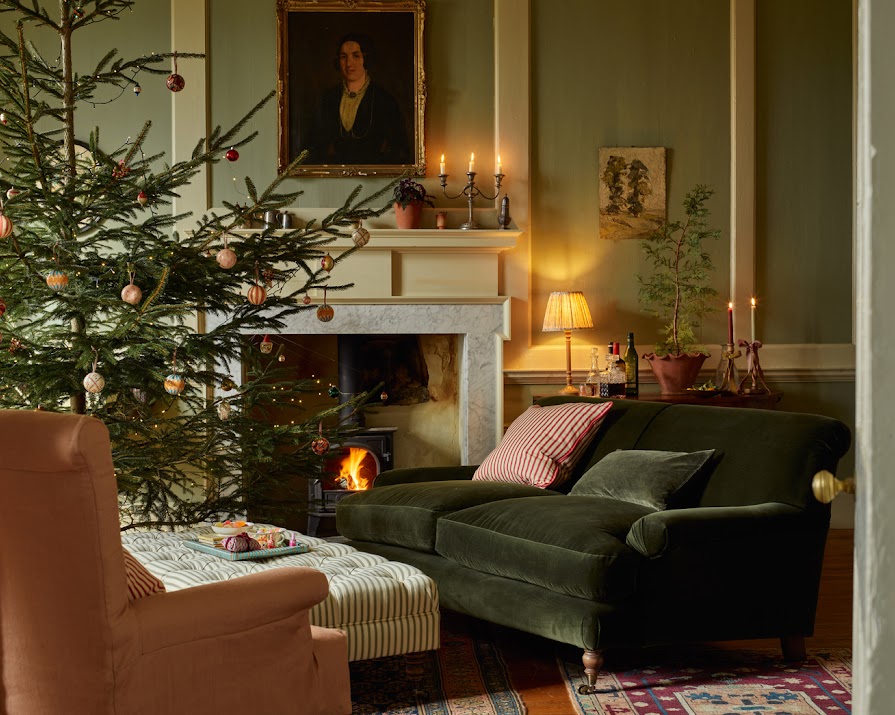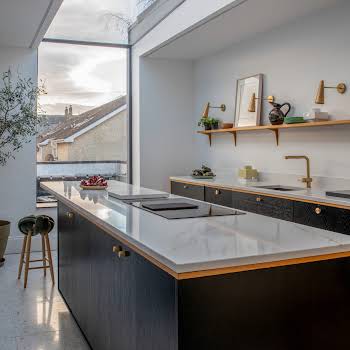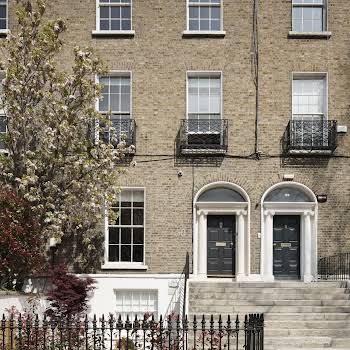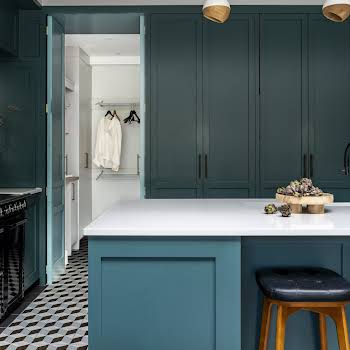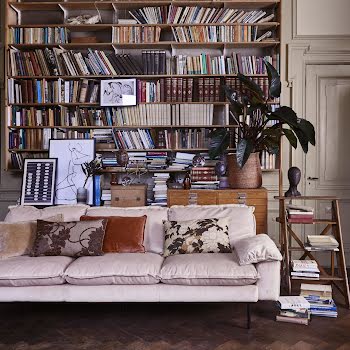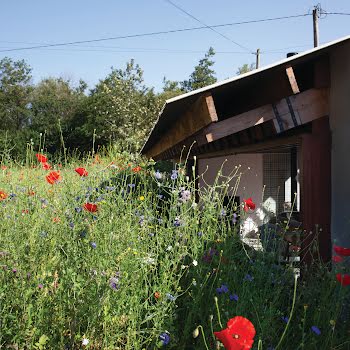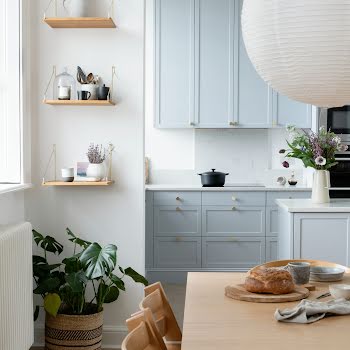Love Christmas lighting in your home? Here’s how to achieve good lighting, all year
Rowen & Wren
Switching off 'The Big Light' makes every person and thing look better. Here's how to light your home this Christmas (and all year round).
Some people have a particular way they like the dishwasher to be packed, some people iron their underwear. Some people are a tea bag, then milk, then hot water people
We all have our pet peeves, and mine is The Big Light.
It’s something I inherited from my mum, who is also anti-Big Light… no, actually, I refuse to give this a negative title. We are pro-atmosphere people. She is so pro-atmosphere, that, despite building her own home and installing a Big Light in the living room, she acts like a vampire encountering daylight when it is turned on. She even has a bit of tape over the switch to prevent us from turning it on accidentally.
The Big Light ban, as the trend on TikTok points to, is the refusal to use the ceiling and spotlights in your home in favour of lower, softer lights such as lamps, twinkly lights and candles. A ban on the Big Light used to belong to more social, atmospheric spaces, such as the living and dining rooms, but lamps are creeping into office spaces and kitchen counters and I am completely here for it.
And Christmas is best season to transition out of your Big Light era. The twinkling Christmas tree lights and flickering candles? Both quintessential examples of how to low-light your home.
Like Taylor moving from Reputation to her Lover era, it’s all about cutting out the harsh, blue-tinged over-head lights and instead opting for low-lying pools of light that will subtly zone spaces, create atmosphere and flatter inhabitants… If you’ve ventured into the & Other Stories changing rooms, you know the horrors an overhead light can inflict upon the complexion).
Here is how to create ambient lighting in your home.
1 Natural light is the best light
The first rule of thumb when it comes to lighting your home is maximising the natural light that flows through it. Reflective surfaces and pale walls with a slight sheen will really help to move daylight around a room.
Does your home still need a little help even in the height of the sunshine? Spotlights on a dimmer will brighten a room, while the subtlety of the dimmer means you can keep lighting low enough that it doesn’t really feel like the lights are on. A good electrician can install spotlights in an afternoon and they also mean that you don’t have to decide what kind of ceiling pendant you need to diffuse that bare bulb.
2 Types of lighting
There are three mains types of lighting: ambient, task and accent. Ambient lighting is an eye-level, diffused light that should light the space based on how it is mostly used, and eliminate shadows. Spotlights, a tall floor lamp in a hallway, and a table lamp beside a sofa are all examples of ambient lighting.
Task lighting is more functional, it should be brighter and focus in on areas where light is required, like the dining table, kitchen countertops and low-lighting on staircases and hallways to guide people through.
Finally, accent lighting is all about drawing attention. A spotlight directed at artwork or around mirrors are types of accent lighting.
3 Layer it up
Now that you know the different types of lighting, you need to figure out how to use them. The key is layering one over another and ensuring a balance. Start with your ambient lighting, varying it on different levels between the ceiling and the floor.
Consider where you need your task lighting and then incorporate it in a way that doesn’t overpower your ambient lights. Finally, accent lighting will help to highlight any areas you want to draw the eye.
It’s always best to vary the heights of your lighting. Not only does this give the appearance of space, but it’s also great for subtly dividing up an open-plan room – a low light by a chair in one corner makes for a perfect spot to relax, while an arching floor lamp over a sofa corner is ideal for reading.
4 Tune into your movements
Blue light in the bedroom is a major mistake. Our bodies are naturally aware of the movements of the sun and blue light is associated with dawn and waking up. Yellowy-toned lighting is much more lulling for bedtime.
Much like the sun, come dusk, the light is very low in the sky and your evening lighting should replicate that.
Your bedroom lighting should be low, indirect and yellow in tone. Meanwhile, at your coffee machine, a bright white or blue-tinted light will help to wake you up (though probably not as much as the caffeine).
5 Proportion is everything
Generally, small lights can be hung lower, while large pieces should be higher. If you do opt for low-slung lights in your living room or bedroom, keep in mind that you need to be able to see and move around them. Equally, a monster pendant light over the dining table needs to be high enough for guests to see each other under it, and not worry about knocking their heads off when they stand up from the table – especially after a few glasses of wine.
Generally, the higher the ceiling, the bigger a light fixture it can take, a large piece in a small space will just look cluttered.
6 Don’t forget functional lighting
Sometimes we’re so obsessed with setting “a mood” we forget that we actually need to live and function well in the space. Areas like bathrooms, kitchen countertops and staircases need to be visible. This doesn’t have to mean shadow-inducing down-lighting either, in fact, up-lighting can be ideal for these highly functional spaces. Consider installing lights on your stair treads, in the back of shelves and around the edges of mirrors. This will all help to light the space, without distracting from it.
7 Consider your bulb selection
When LED bulbs were first launched a few years ago, they gave off a horribly sharp light that resembled truck headlights. It understandably put people off. But the technology has come along so quickly and now not only are LED far more environmental and economical, they come in a variety of hues and brightness levels.
If you are looking for dimmer options, make sure you read the box in the shop as not all LEDs (or regular bulbs for that matter) are dimmable.
To each their own and all that (except for those putting milk on top of their tea bag, you are monsters) but this Christmas, just try switching off the Big Light and I promise the room and your mood will be transformed.





